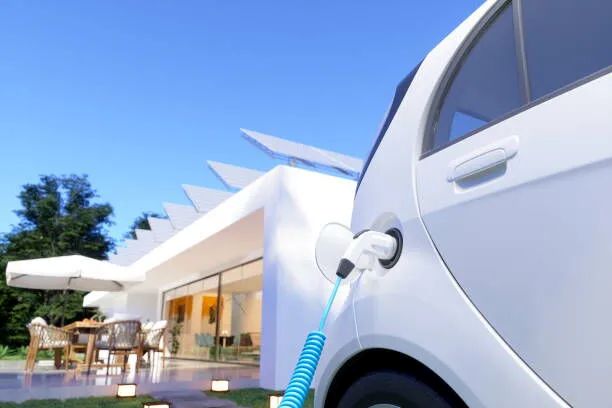


How to Choose the Right Home EV Charger for Your Electric Vehicle
Topper Company is a professional EV charger manufacturer in China, delivering dependable electric vehicle charging stations and comprehensive solutions.
With the rise in electric vehicle (EV) adoption, installing a reliable home charger is a smart move for convenience and cost savings. But with multiple charger types, connectors, and features available, making the right choice can feel overwhelming. This guide breaks it down simply.
EV chargers come in three main levels:
Level 1:
Uses a standard 120V outlet, delivering 3–5 miles of range per hour. No installation required, but very slow — best for plug-in hybrids or occasional charging.
Level 2:
Runs on 240V, adding 12–60 miles of range per hour. Ideal for home use, these require professional installation but charge much faster.
Level 3 (DC Fast Charging):
Offers rapid charging (up to 80% in 30 minutes), but requires commercial-grade power. Not suitable for home use.
Recommendation: A Level 2 charger offers the best balance for home charging in terms of speed and cost.
Single-phase systems (120–240V) are standard in most residential settings and are fully compatible with Level 2 chargers.
Three-phase (common in some European homes and commercial buildings) can provide faster charging but usually requires significant electrical upgrades.
Stick with single-phase unless your property already supports three-phase power.
Type 1 (5-pin): Common in North American and Asian EVs like older Nissan and Mitsubishi models.
Type 2 (7-pin): Standard in Europe and newer global EVs from BMW, Audi, and others.
If you’re choosing a charger for long-term use or multiple vehicles, Type 2 offers broader compatibility.
Tethered chargers come with a fixed cable. They’re convenient for daily use but limit flexibility.
Untethered chargers (socket-only) require a separate cable but offer a cleaner look and better compatibility with different vehicles.
Know your vehicle’s connector before buying:
J1772: Most non-Tesla EVs in North America.
NACS (Tesla): Becoming the new standard for many U.S. automakers.
CCS: Supports both AC and DC charging, common in public fast-chargers.
Some chargers offer adapter support, giving you greater flexibility.
Plug-in chargers use a NEMA 14-50 or 6-50 outlet. They’re easy to install and portable.
Hardwired chargers are fixed into your electrical system, better for outdoor or high-powered setups.
Hire a licensed electrician to ensure safe, code-compliant installation.
Amperage: Look for at least 32 amps (higher = faster).
Cable length: 16–25 feet is typical.
Smart controls: Wi-Fi or app access allows for scheduling, monitoring, and energy optimization.
Weatherproofing: For outdoor use, choose models rated IP65 or higher.
Incentives: Local rebates or tax credits may reduce purchase and installation costs.
For most homeowners, a Level 2, single-phase, Type 2 charger with smart features offers the best balance of performance, compatibility, and future-readiness. Consider your vehicle, home wiring, and daily driving habits to make an informed choice — and don’t hesitate to consult an electrician before installing.
A well-chosen home charger keeps your EV ready to go, rain or shine.Know more about Google SEO Directory
